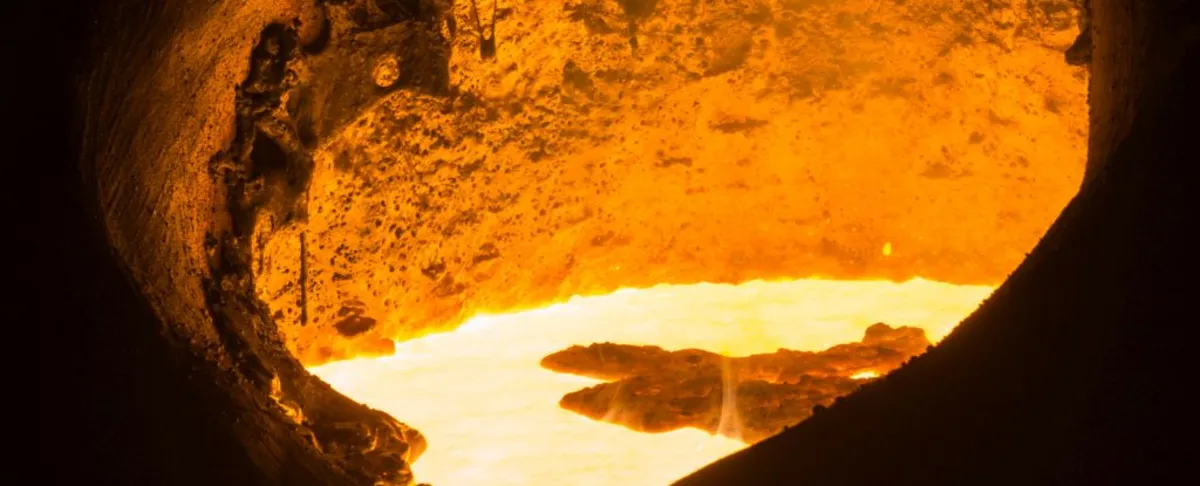
A groundbreaking study has uncovered that Earth's core is not just a dense mass of iron and nickel, but is also rich in precious metals, including gold. Researchers found that these valuable elements are leaking from the core through the mantle and into the crust, highlighting an intriguing geological process that has been largely overlooked until now.
The study, which focused on isotopes found in volcanic rock, indicates that gold and other precious metals initially leaked out of the core and began a lengthy ascent toward the surface, carried by convecting magma. Geochemist Nils Messling from Göttingen University in Germany expressed excitement about the findings, stating, "When the first results came in, we realized that we had literally struck gold!" This revelation confirms that materials from the core, including gold, are making their way into the Earth's mantle.
Despite the presence of gold in the Earth's crust, the amount accessible to us is merely a tiny fraction of the total quantity the planet possesses. Research suggests that over 99% of Earth's gold is sequestered in its metallic core. To put that into perspective, this amount could theoretically coat all of Earth's land in a layer of gold measuring 50 centimeters (20 inches) thick. This phenomenon is attributed to the iron catastrophe, a process during the planet's formation when heavier elements sank to the core.
While there is evidence that primordial helium and heavy iron isotopes are leaking from the Earth's core, the exact contribution of core-derived gold to surface deposits has remained ambiguous. To address this, researchers focused on isotopes of a precious heavy metal called ruthenium. Isotopes are variations of an element that contain different numbers of neutrons, and the isotopes of ruthenium found in the core differ slightly from those present on the surface.
Past efforts to detect these subtle differences in ruthenium isotopes were unsuccessful, but Messling and his team developed new analytical techniques that allowed them to identify these variations. By studying ruthenium extracted from volcanic rock in the Hawaiian Islands, they discovered a significantly higher concentration of ruthenium-100—an isotope originating from the core—than what is typically found in the ambient mantle.
This discovery implies that all siderophile elements—those that migrated to the core during Earth's formative years—are leaking out. This includes not only gold, but also palladium, rhodium, and platinum. Although the rate of this leakage is not high, it opens new avenues for understanding the geological processes of our planet and potentially other rocky planets.
According to geochemist Matthias Willbold, also from Göttingen University, the findings suggest that the Earth's core is not as isolated as previously thought. The research demonstrates that vast volumes of superheated mantle material, amounting to several hundred quadrillion metric tons of rock, originate from the core-mantle boundary and ascend to the Earth's surface, forming ocean islands like Hawaii. This insight not only enhances our understanding of our own planet but also sheds light on the geological characteristics of other terrestrial bodies in the universe.